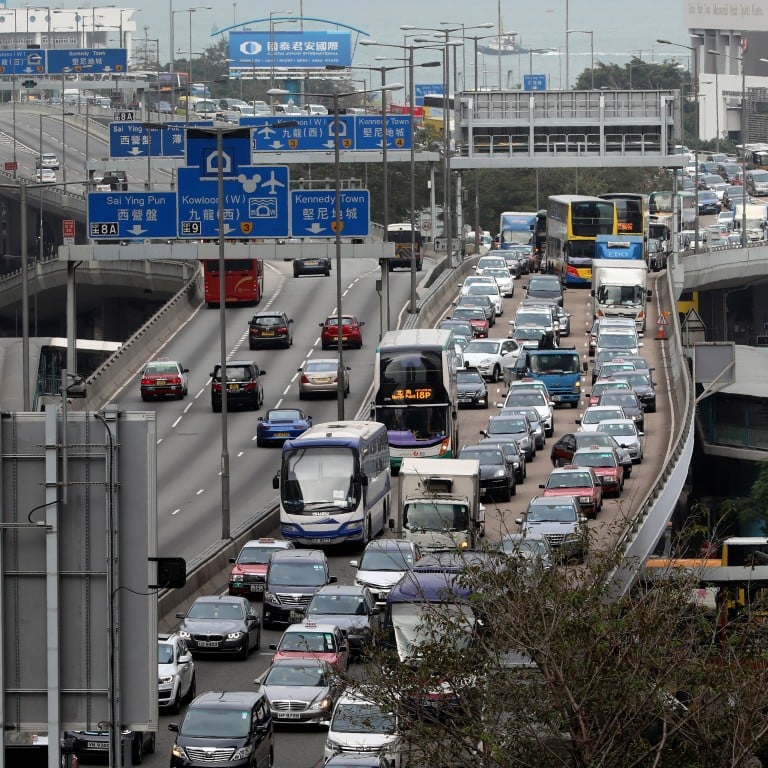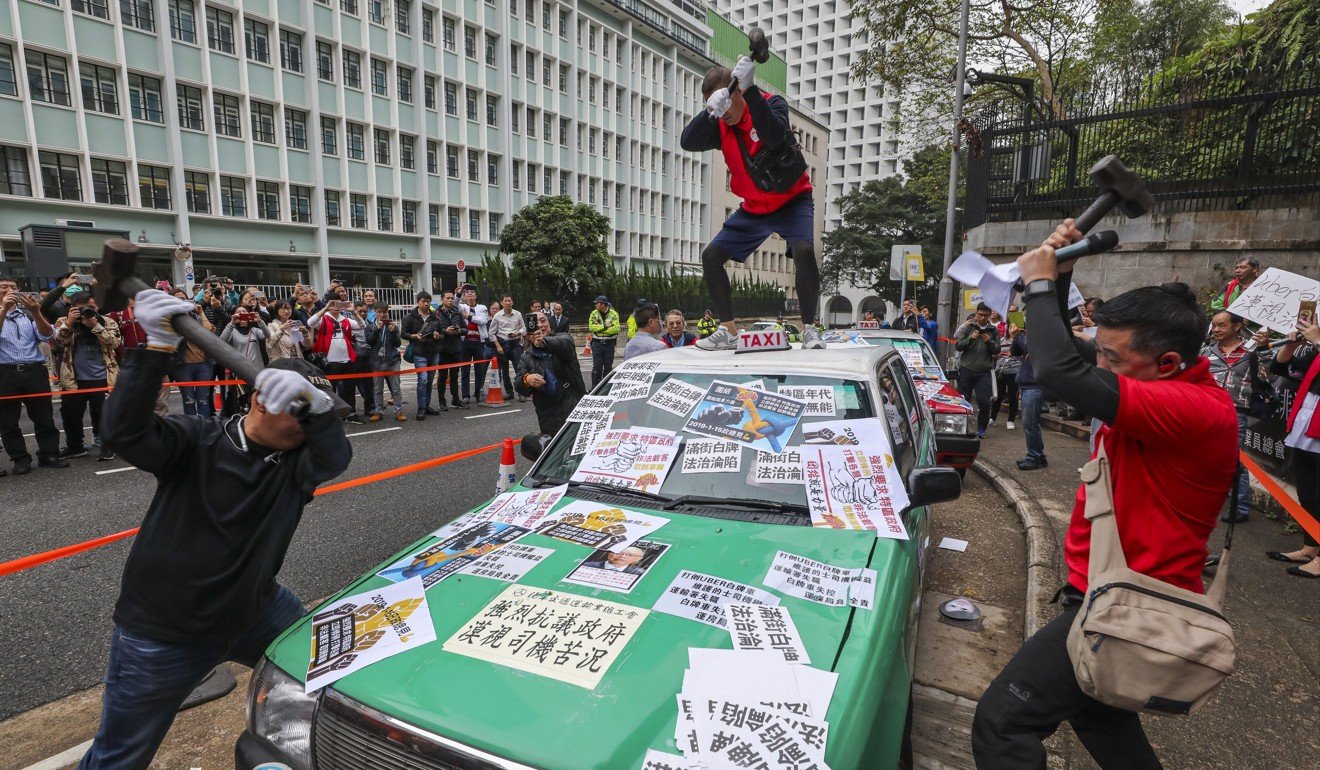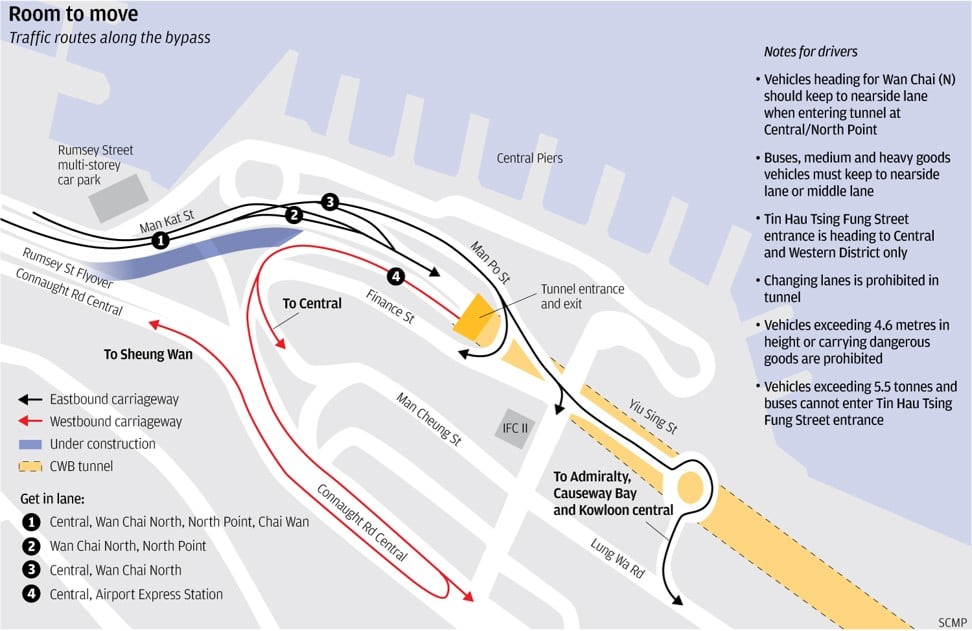
Hong Kong’s biggest traffic problem is too many private cars. So why can’t we do like Singapore and limit their numbers?
- Mike Rowse says the new Central-Wan Chai Bypass won’t solve Hong Kong’s long-term traffic issues. We need a revamp of transport policies with a focus on stricter licensing for private cars, electronic road pricing and legalising ride-hailing services
Anyone doubting this assessment would do well to look at the experience of London’s M25 orbital motorway, which was touted as the solution to the capital’s congestion issues, but now, despite repeated widening exercises, resembles a giant car park for much of the day.
We now have our new road, two years late and at a cost of HK$36 billion (US$4.6 billion) compared to an original estimate of HK$28 billion, but what have we got for our money? Essentially, private cars will now be able to move along the northern shore of Hong Kong Island a few minutes faster. Is that really good use of so much public money?
The root cause of our traffic problems is that Hong Kong is a small place with a large number of people who need to move around a lot. The shortage of land means there are limits to how much can or should be spared for transport infrastructure. Which means any sensible transport policy needs to begin with a fairly ruthless assessment of relative priorities.
Priority must be given to two categories of road user: bona fide commercial vehicles, because free movement is essential to keep the economy ticking over, and public transport for the millions who commute daily. Our mass transit railway system is among the best in the world but it needs to be backed by surface-based transport modes, both as a supplement to cope with normal volume, and as an emergency fallback in the event of disruption to rail services.
That means the number of less-efficient road users – private cars – must be strictly controlled. Our policymakers know this and, for decades, we have relied principally on fiscal means – high first registration tax and duty on fuel – to achieve the objective. That may have made sense years ago when Hong Kong was less prosperous and less crowded. But it’s no longer working.
The number of private cars on our roads now exceeds 600,000 because we are a more wealthy city, and we have more people, but the land area is no bigger. This number needs to be reduced, both on transport and pollution grounds. And we know how to do this, too.
Singapore, for example, has a permit system, meaning there is a finite number of private cars allowed on the roads. Does the Hong Kong government have the vision and courage to introduce similar measures? Do our legislators have the backbone to endorse measures beneficial to the community as a whole but which will upset some special interests, including the wealthy and powerful? The auguries are not good.

Both pro-government and pan-democrat members indicated unwillingness to support the motion, even though they had been pressing the government for years for just such a plan. Lawmaker Michael Tien Puk-sun came up with the convenient excuse that the motion should be delayed to allow time for the impact of the new bypass on traffic flows to be assessed. But the real reason slipped out when another legislator was being interviewed on the radio last Wednesday morning. Nobody wants to deal with the proposal, he said, so close to the elections.
Mike Rowse is the CEO of Treloar Enterprises. [email protected]


